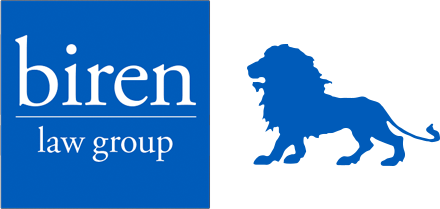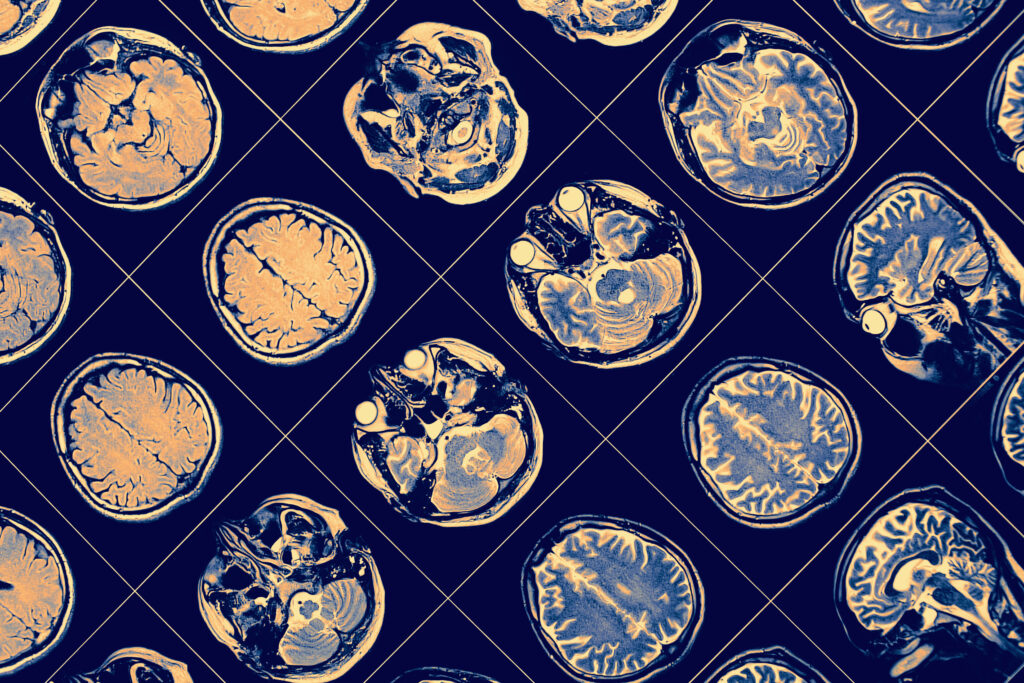At Biren Law Group, we understand the profound impact a brain injury can have on an individual’s life. Whether caused by a car accident, workplace incident, or other traumatic event, brain injuries often lead to significant physical, cognitive, and emotional challenges. Proving the existence and extent of a brain injury in a legal claim, however, can be complex. This is where neuroimaging plays a pivotal role. By providing objective, scientific evidence, neuroimaging technologies help validate brain injury claims, ensuring victims receive the compensation they deserve.
What is Neuroimaging?
Neuroimaging refers to a range of advanced medical imaging techniques used to visualize the structure and function of the brain. These technologies allow medical professionals to detect abnormalities, such as brain damage, that may not be visible through physical examination alone. In the context of brain injury claims, neuroimaging provides critical evidence to demonstrate the presence, severity, and impact of an injury.
Common neuroimaging techniques include:
- Computed Tomography (CT): Uses X-rays to create detailed images of the brain, often employed in emergency settings to detect skull fractures, bleeding, or swelling.
- Magnetic Resonance Imaging (MRI): Produces high-resolution images of brain tissue, identifying structural damage, such as contusions or atrophy.
- Functional MRI (fMRI): Measures brain activity by detecting changes in blood flow, revealing functional impairments in cognitive or motor regions.
- Diffusion Tensor Imaging (DTI): A specialized MRI technique that maps the brain’s white matter tracts, often used to detect subtle damage in traumatic brain injury (TBI) cases.
- Positron Emission Tomography (PET): Assesses brain metabolism and function, helping to identify areas of reduced activity due to injury.
- Single Photon Emission Computed Tomography (SPECT): Evaluates blood flow and brain activity, useful for detecting abnormalities in mild TBI cases.
Each of these technologies serves a unique purpose, and their application depends on the nature and severity of the suspected brain injury.
Why Neuroimaging Matters in Brain Injury Claims
Brain injuries, particularly mild traumatic brain injuries (mTBIs) or concussions, are often referred to as “invisible injuries” because they may not produce obvious physical symptoms. Victims may experience cognitive deficits, memory problems, mood changes, or chronic headaches, yet routine medical exams may appear normal. This lack of visible evidence can make it challenging to convince insurance companies, defense attorneys, or juries of the injury’s legitimacy.
Neuroimaging bridges this gap by providing objective evidence that can:
- Confirm the Presence of Injury: Advanced imaging, such as DTI or fMRI, can reveal microscopic damage to brain tissue or disruptions in neural connectivity that are invisible on standard CT or MRI scans.
- Demonstrate Severity: Imaging can quantify the extent of damage, helping to differentiate between mild, moderate, and severe brain injuries.
- Link Injury to the Incident: By comparing pre- and post-injury scans (when available) or correlating imaging findings with the mechanism of injury, attorneys can establish causation.
- Support Long-Term Prognosis: Neuroimaging can reveal progressive damage, such as brain atrophy or chronic traumatic encephalopathy (CTE), which may impact the victim’s future medical needs and quality of life.
At Biren Law Group, we leverage neuroimaging evidence to build compelling cases that reflect the true impact of our clients’ injuries.
How Neuroimaging is Used in the Legal Process
Neuroimaging is a powerful tool in brain injury litigation, but its effective use requires collaboration between medical experts, legal professionals, and sometimes neuroimaging specialists. Here’s how it typically plays a role:
1. Medical Evaluation and Diagnosis
After a traumatic event, a neurologist or other medical specialist may order neuroimaging to assess the injury. The results of these scans form the foundation of the medical evidence in a claim. At Biren Law Group, we work closely with trusted medical professionals to ensure that the appropriate imaging studies are conducted and interpreted accurately.
2. Expert Testimony
Neuroimaging findings are often complex and require expert interpretation to be meaningful in court. Radiologists, neurologists, or neuropsychologists may testify to explain the significance of the imaging results, linking them to the client’s symptoms and the traumatic event. For example, a DTI scan showing disrupted white matter tracts could corroborate a client’s complaints of memory loss or difficulty concentrating.
3. Building a Persuasive Case
Neuroimaging provides visual evidence that can be compelling to judges and juries. A clear image of brain damage—whether it’s a hemorrhage on a CT scan or reduced activity on a PET scan—can make the injury more tangible and easier to understand. Our attorneys at Biren Law Group use these images, alongside expert testimony and other evidence, to advocate for maximum compensation.
4. Countering Defense Arguments
Insurance companies and defense attorneys often argue that brain injury symptoms are exaggerated, psychosomatic, or unrelated to the incident. Neuroimaging helps counter these claims by providing objective proof of physical damage. For instance, a SPECT scan showing abnormal blood flow in the frontal lobe can validate a client’s reported mood swings or impulsivity, undermining arguments that the symptoms are “all in their head.”
Challenges and Considerations
While neuroimaging is a powerful tool, it’s not without challenges.
Some limitations include:
- Cost: Advanced imaging techniques, such as DTI or fMRI, can be expensive, and not all medical facilities offer them.
- Interpretation Variability: Different radiologists may interpret the same scan differently, which can lead to disputes over the findings.
- Normal Scans in Mild TBI: Some brain injuries, particularly mTBIs, may not show abnormalities on standard imaging, requiring more specialized techniques or additional evidence, such as neuropsychological testing.
- Pre-Existing Conditions: Defense attorneys may argue that imaging abnormalities were present before the incident, necessitating careful analysis to establish causation.
At Biren Law Group, we anticipate these challenges and work diligently to address them. By partnering with leading medical experts and staying abreast of advancements in neuroimaging, we ensure that our clients’ cases are supported by the strongest possible evidence.
The Future of Neuroimaging in Brain Injury Claims
As neuroimaging technology continues to evolve, its role in brain injury litigation is likely to expand. Emerging techniques promise even greater precision in detecting subtle brain damage. Additionally, artificial intelligence (AI) is being integrated into neuroimaging analysis, improving the accuracy and speed of diagnosis.
These advancements will hopefully make it easier to prove brain injury claims, particularly in cases involving mild or diffuse injuries. At Biren Law Group, we remain committed to staying at the forefront of these developments, ensuring that our clients benefit from the latest scientific tools.
Why Choose Biren Law Group?
Proving a brain injury claim requires more than just medical evidence—it demands a strategic, compassionate, and tenacious legal approach. At Biren Law Group, our experienced attorneys understand the complexities of brain injury cases and the critical role neuroimaging plays in securing fair compensation. We have a proven track record of success in representing brain injury victims, and we are dedicated to fighting for the justice and financial support our clients need to rebuild their lives.
If you or a loved one has suffered a brain injury, don’t let the “invisible” nature of the injury undermine your claim. Contact Biren Law Group today for a free consultation. Let us put our expertise and resources to work for you, using cutting-edge neuroimaging evidence to build a case that delivers results.

